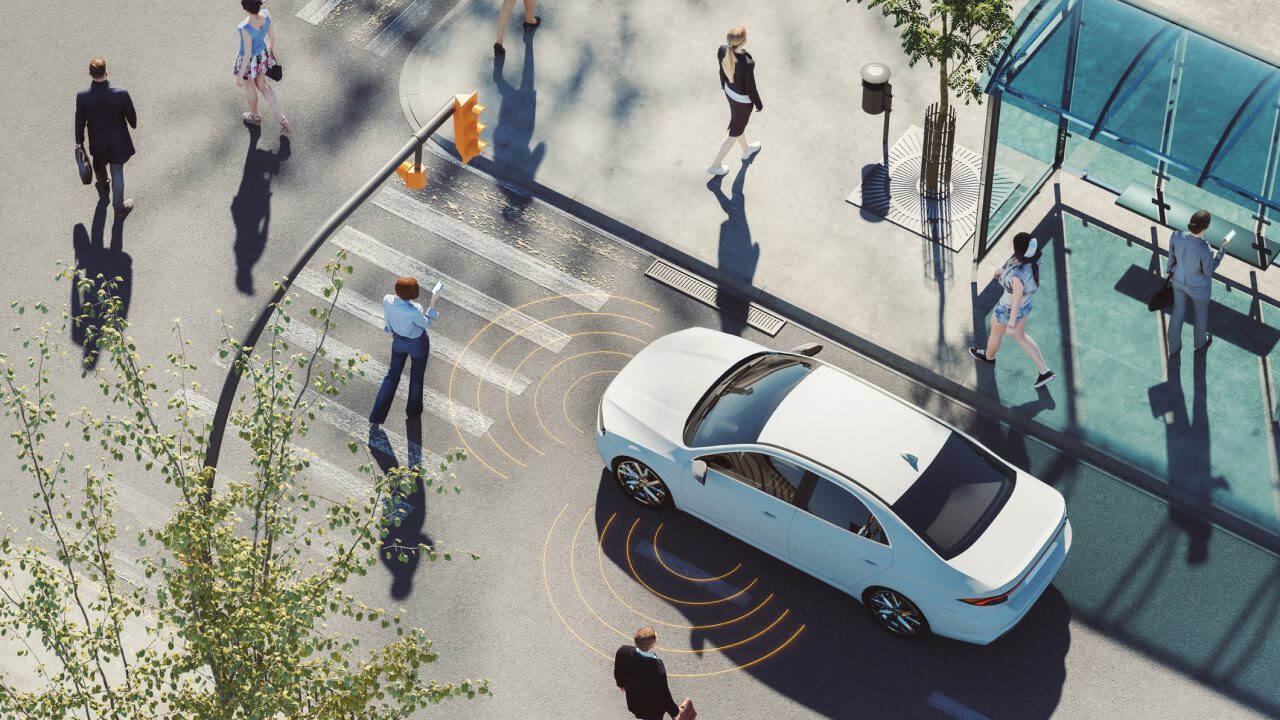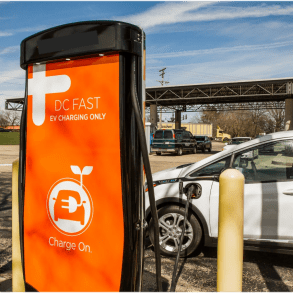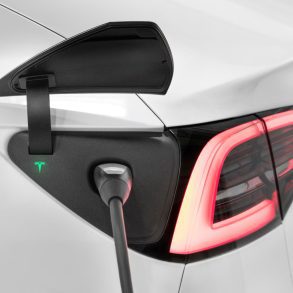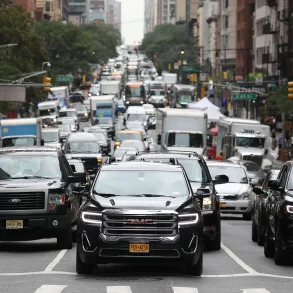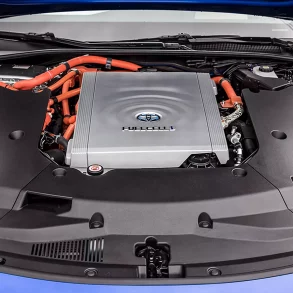Summary
- A new mandate has been issued this week by the federal government that all new vehicles from 2029 onwards will need to have automated emergency braking
- There is an established history of mandated safety systems, starting with seatbelts, then airbags, then backup sensors/cameras
- Each time these systems have become mandated, there has been a noticeable effect on accidents, injuries, and fatalities
- Many vehicles in 2024 already have AEB and other braking technologies, however as part of a voluntary agreement, not an actual mandate
- We think that any system that improves safety and can react faster than a driver to prevent an accident is a positive thing
In light of the federal government’s announcement that by 2029, every vehicle sold in the USA will need to have automatic emergency braking (AEB) systems as part of their standard equipment, it prompts an analysis into what cars in 2024 already come with in terms of automated systems.
We’re going to look at some major systems that are in cars today that do not require driver intervention to activate. In this sense, an automatic transmission does not count, but radar-guided cruise control does.
A Historical Precedent
It seems that every 14 to 20 years, a new safety technology is not only introduced, but becomes mandatory in all vehicles sold around the globe, even in the USA.
Take full seatbelts for example. Before 1968 only a lap belt was required, even though 3-point belts were invented a decade earlier by Nils Bohlin at Volvo. After 1968, the seatbelt was mandated to have a lap belt and a shoulder belt.

Between 1968 and 1982, 95% of vehicles came with both belts. The scary statistic is that while seatbelts were mandated to have both belts as standard equipment, the wearing of said belts was not mandated.
As such, across those years, seat belt use rose only a paltry 3%, from 11% to 14%. Drivers and passengers were still being killed in accidents due to being unrestrained at the moment of impact.
As such, in 1983, the federal government mandated two things:
- All seatbelts had to have a pretensioner (the automated system in this case)
- Wearing them was not optional, although the US only reached 90+% usage rate in 2019.
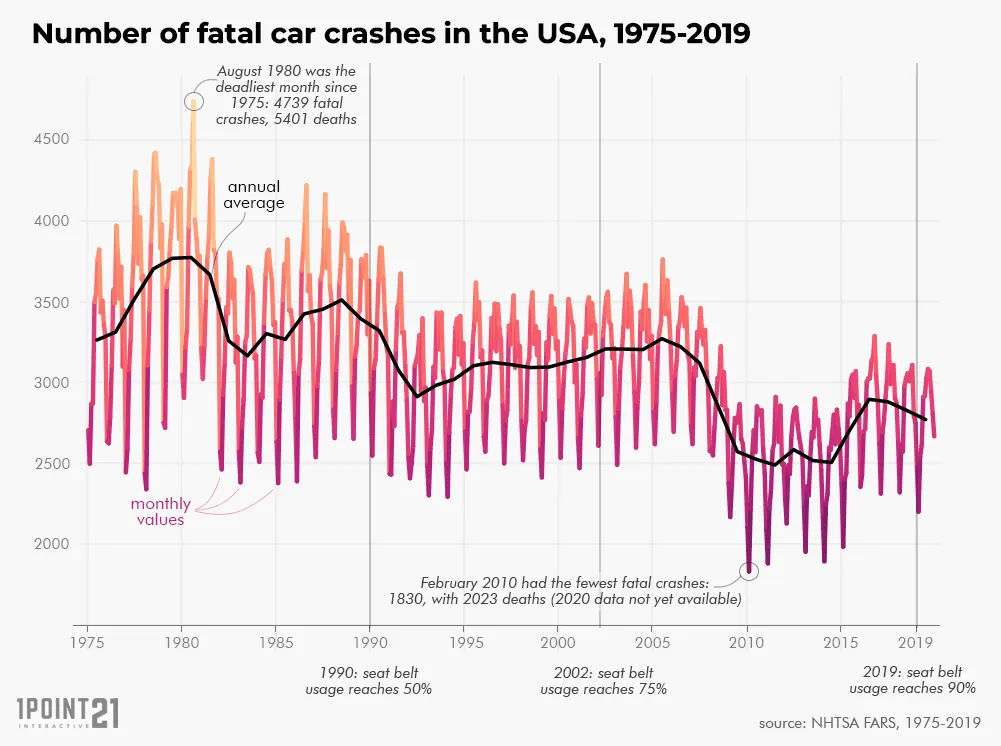
Since 1984, traffic fatalities caused primarily by lack of restraints plummeted. Conversely, more road vehicle accidents have started to occur. This can be explained both by the population of the USA growing exponentially, meaning more drivers on the road.
This has happened with other automated systems, such as primary airbags in 1998, side curtain airbags (through an “advisory notice” although not fully mandated) in 2001, and most recently rear-view cameras when the car is shifted into reverse in 2018.
Modern Automated Safety Systems
It might surprise you to know just how many systems are already installed in vehicles in relation to safety. In fact, some form of AEB is already installed in over 90% of new vehicles.
Even more, by September 1, 2024, 95% of any manufacturer’s model line need to have some form of non-driver-commanded emergency braking system installed, with a specific caveat.
One of the most prevalent examples is rear parking, pedestrian, and cross traffic sensors. If you back up and the system detects a pedestrian or an imminent collision from cross traffic, it will clamp on the brakes without any input from the driver.
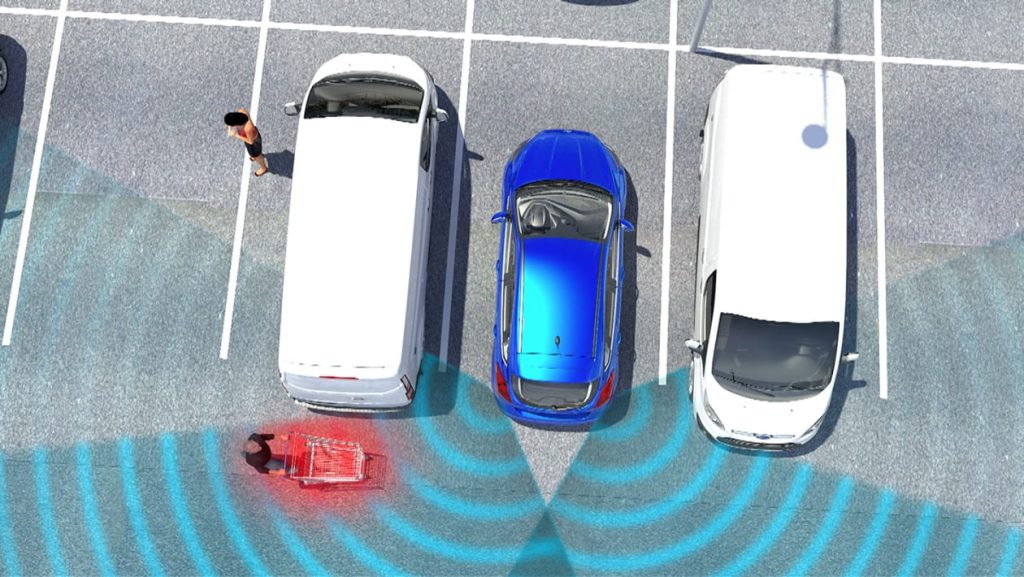
The new mandate, however, refers to forward-sensing emergency braking. Roughly about two thirds of new vehicles sold in 2024 have that functionality installed, which is why it is becoming very common to see little bumps in the middle of front air grilles or little cameras installed in the bumper.
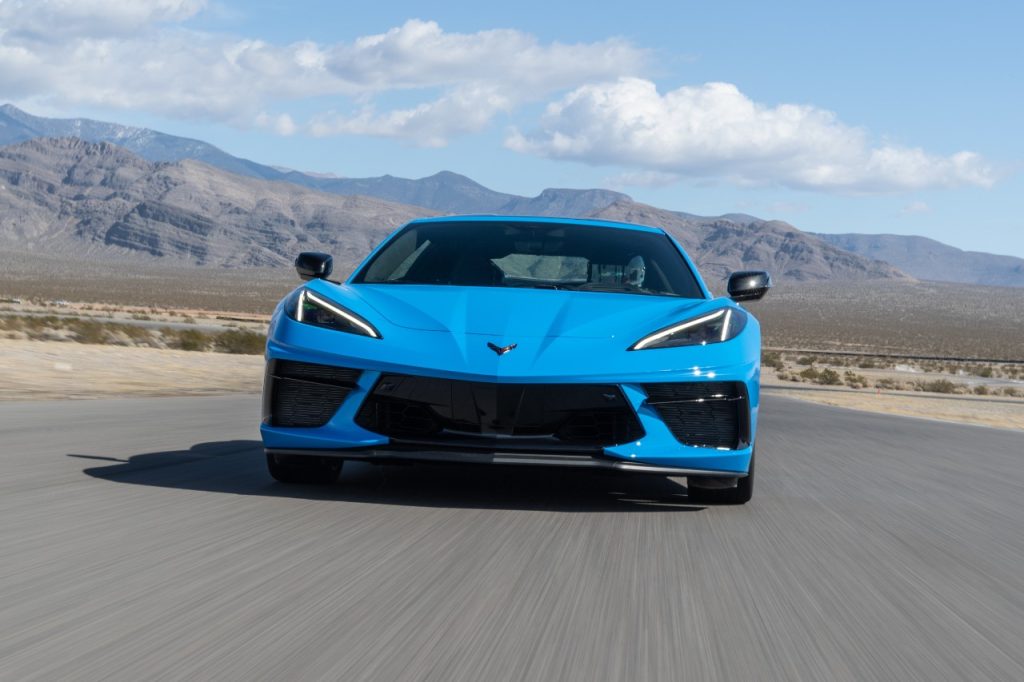
The caveat of the new mandate is not so much about how your vehicle will apply the brakes before you can, but in the required performance of such systems.
The new rules require that any passenger vehicle under 10,000 lbs (4,500 kg) to have forward collision warning, AEB, and pedestrian detection braking.
The minimum standard will require such a vehicle to stop and avoid a collision at speeds of up to 62 MPH (100 KPH), up to 90 MPH (145 KPH) if a collision is imminent.
The system must also be able to detect, analyze, and stop the vehicle if it detects a pedestrian ahead in the roadway from 40 MPH (64 KPH) and under.
What Prompted The AEB Mandate
The National Highway Traffic Safety Administration urged the mandate be made due to the scary statistics on American roads today. In 2019, there were nearly 2.2 million rear end crashes reported, of which 26.1% (roughly 574,000) were injury accidents, which could upgrade to fatalities off-scene. Further, 0.1% (roughly 1,800) were on-scene fatalities.
As well, there were roughly 6,280 pedestrians killed in avoidable accidents in 2019. A flat 65% of those occurred by being hit with the front of the vehicle at speeds of over 25 MPH (40 KPH).
That number rose to 8,100 in 2022, so there is an unfortunate trend upwards that has been climbing since 2009.
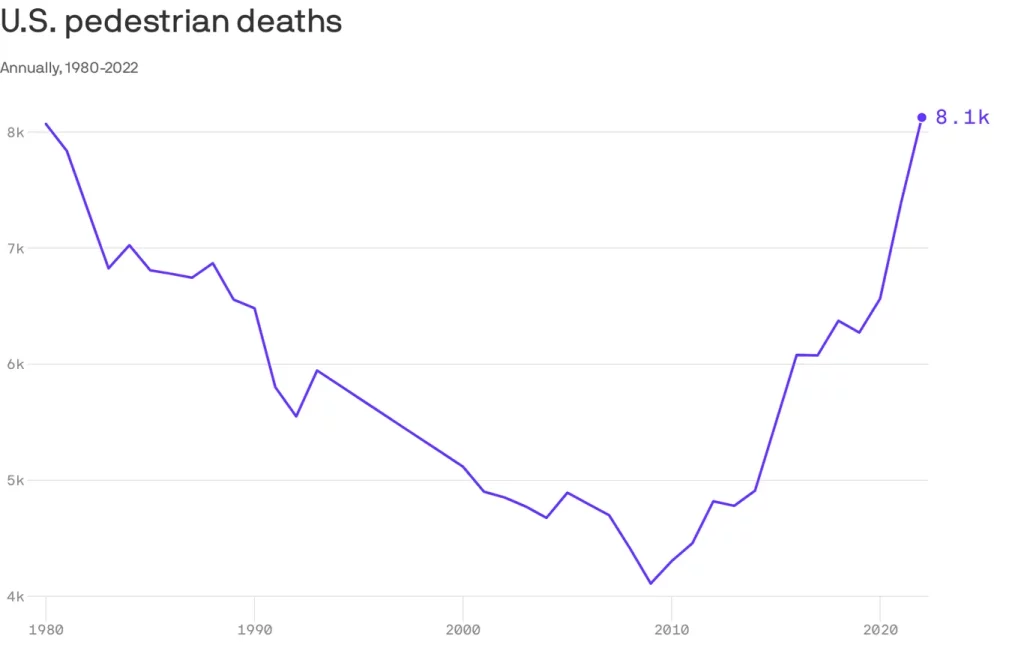
While there has been a voluntary agreement between manufacturers and jurisdictions for about a decade now, the key word there is voluntary. As well, the systems will only apply the brakes for you at speeds about half of what the mandate outlines.
In a twist of irony, the only vehicles that do not need to have their systems upgraded to meet the new requirements are EVs with self-driving capabilities, as they are the vehicles that were the model used to prove that mandating forward-sensing AEB would work.
In fact, in a random selection of 17 vehicles at the end of 2023 by the NHTSA, 16 of them failed to meet the requirements. Only one, the 2024 Toyota Corolla with both radar and camera detection, met or exceeded the standards.
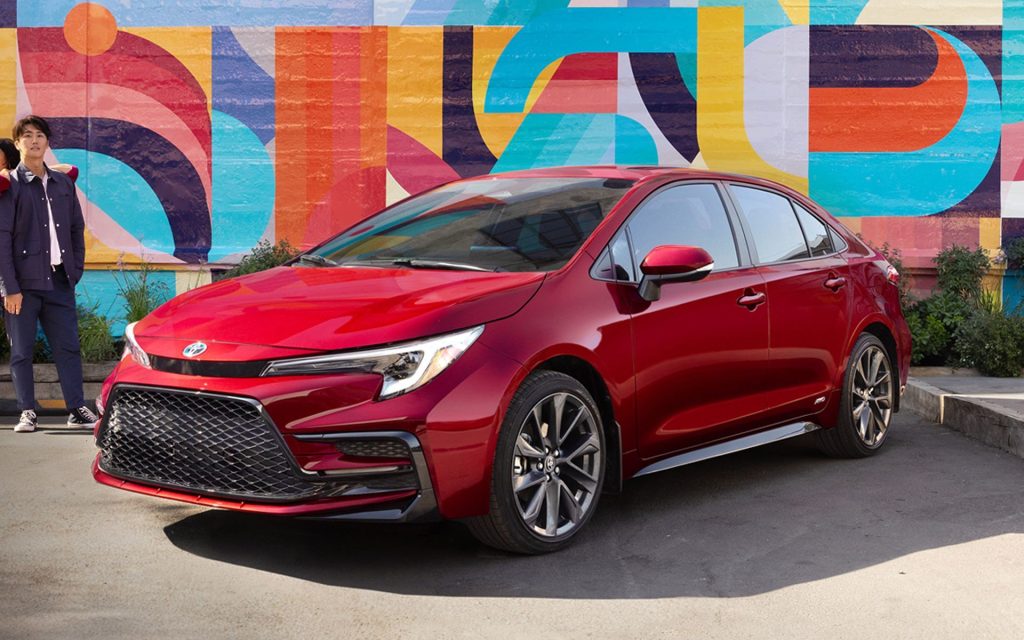
Here are GoodCarBadCar, we think that any kind of safety assistance that can react faster than a driver can is a good thing.
This could also prove to cut down on distracted driving fatalities, which have been on a nearly constant rise for a decade, becoming the second most likely cause of a traffic fatality.
The only one that is more likely to cause a fatality is drunk driving, which AEB might also have an effect on. All in all, every piece of data points toward this being a beneficial mandate, in the same way that seatbelts and airbags drastically reduced blunt-force fatalities over 25 years ago.

